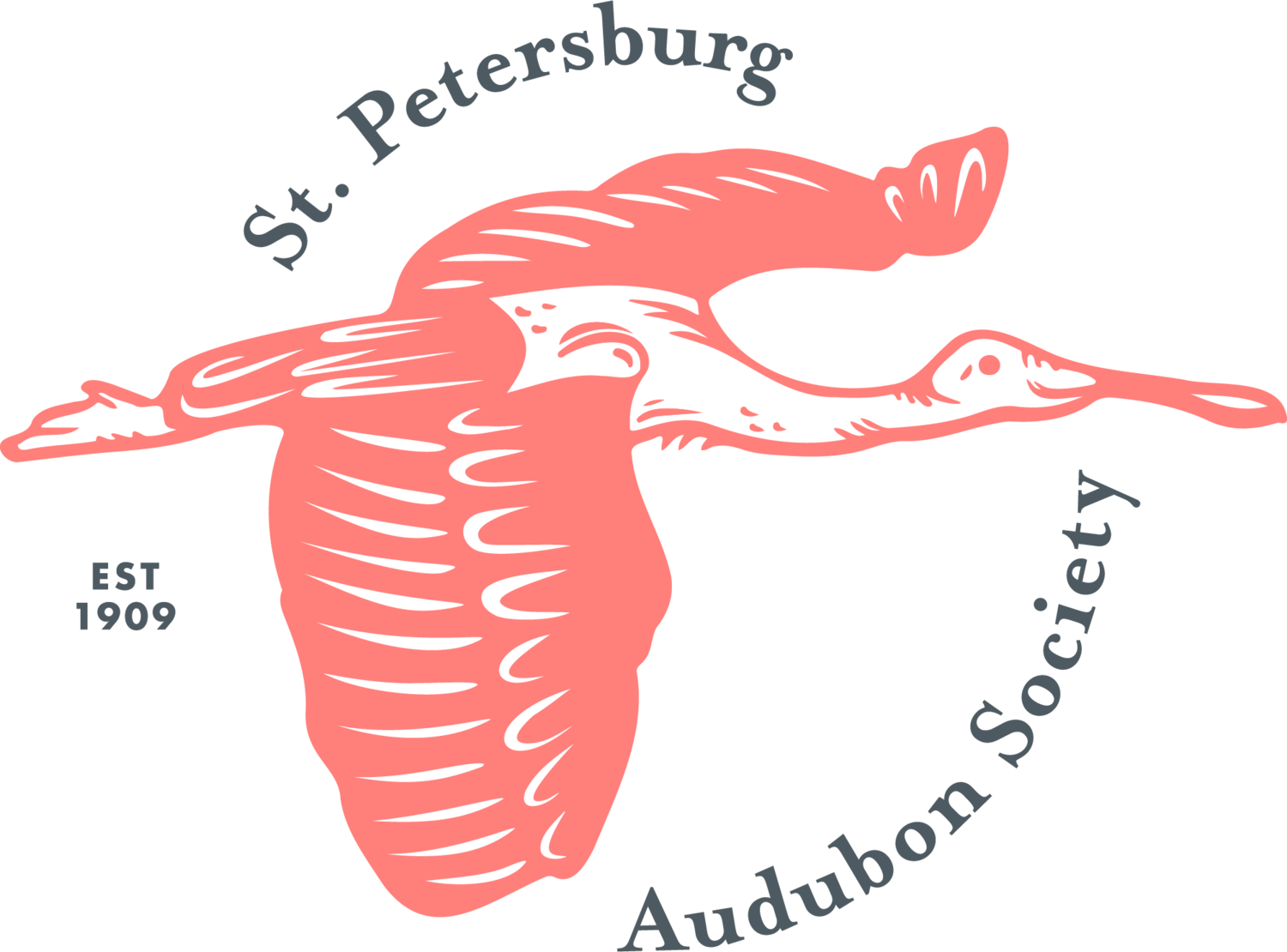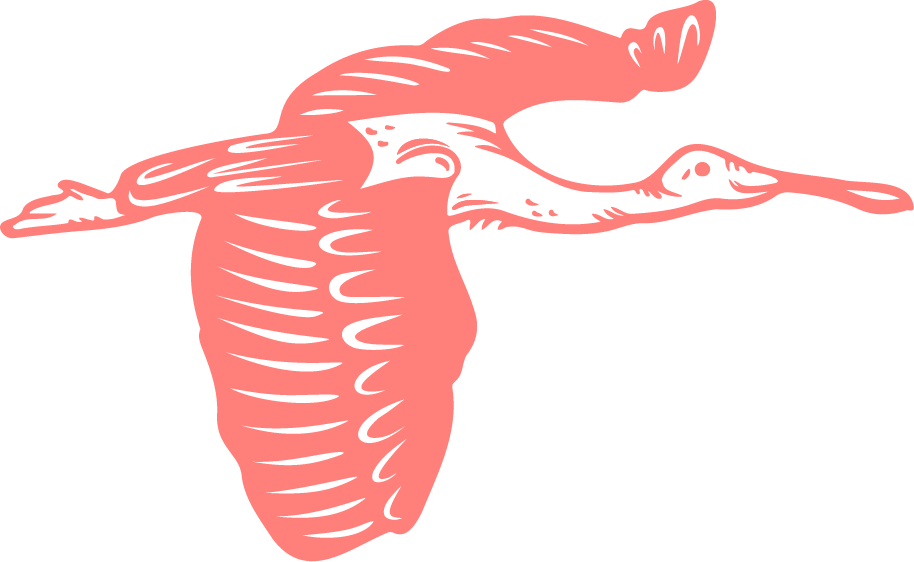Banding American Robins with Emily Williams
At the beginning of August, Courtnee Parr and I had the amazing opportunity to join in on a monitoring project for American Robins, a species whose migration patterns aren’t well-known. Emily Williams, a Ph.D. candidate at Georgetown University and one of our good friends from our undergraduate program at the University of Florida, is looking to better understand those patterns. Emily has multiple sites where she has captured and banded American Robins, as far west as Denali National Park in Alaska and as far south as Savannah, Georgia. Many of her sites are located in Washington D.C. where she attends classes.
Courtnee, Emily, and Holley with AMRO
Close-up of juvenile AMRO before release
Emily told us that so far, she expects to continue seeing this pattern - American Robins that are further north, such as those in Alaska, will migrate further south during the winters. Robins located in the south, such as the birds we were seeing in Savannah, may stick around since the weather tends to stay pretty temperate year-round.
We started our first early morning meeting with Emily at Forsyth Park, a very popular and well-known park located in the heart of Savannah. We started setting up mist nets before sunrise and before the early birds started singing. We then settled down in our camp chairs to watch the mist nets for any captures. Our “base camp” was set up with a little blanket where Emily laid out all of her equipment needed for data collection. This allowed her to be fully prepared when we had robins in hand in order to minimize the time spent handling the birds.
Tufted Titmouse by-catch before release
As soon as we saw a robin (or any by-catch) fly into the net, we moved quickly to disentangle the birds. This capture method is simple and harmless to the birds. Just a side note, this method is not necessarily harmless to humans… Most bird banders will agree that there are birds they’d prefer not to catch; I had to remove one of those out of the net - a Northern Cardinal, with a sharp, strong beak that would not let go of my finger.
Emily Williams putting leg bands on AMRO
Once the robins were safely removed from the net and any by-catch released, the birds were brought back to base camp for data collection. We helped measure wing length, bill length, and weight among other things. We were also able to determine adult vs. juvenile, and adult male vs. female. Colorful leg bands were put onto the robins’ legs to help with future data collection, hopefully from avid birders like us! Each robin now has a unique combination of plastic bracelets on its legs.
Being able to spend two mornings with Emily and seeing her in her element was such a great experience. This is an incredible and important project to understand the movements of a common neighborhood species. If you want to learn more about Emily’s work, you can check out Georgetown’s website or read this article from Audubon Magazine.
And don’t forget - be on the lookout for our robin friends!





